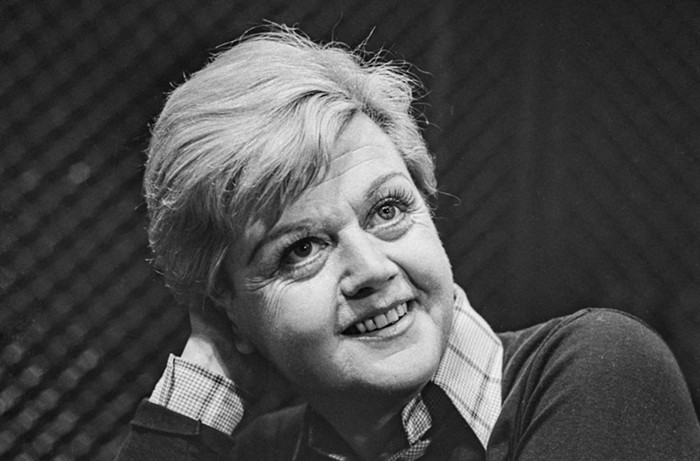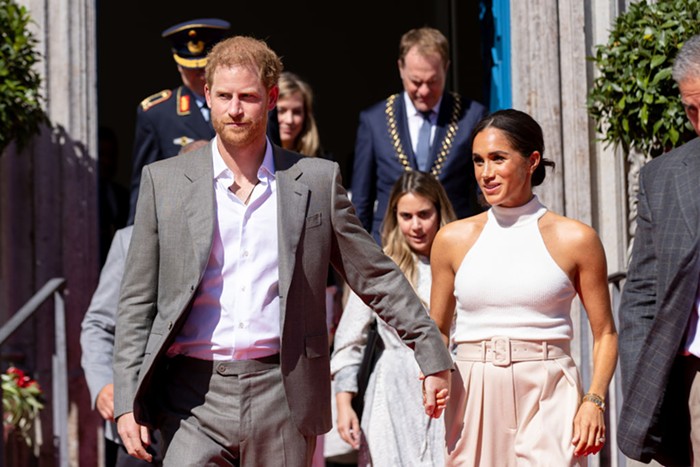"They said, 'He's swallowing something' and one [cop] went to put his finger in my mouth. And then I came down and I bit down on it, you know?" The unnamed man continues describing how he gnawed through a cop's finger while being beaten by a group of police at NE MLK and Shaver. As with other episodes of Neighborhood Diaries, the walking-tour podcasts created by Abraham Ingle, "Police Beating" pairs a location with a story.
Neighborhood Diaries was among the 52 individual projects supported in 2009 by a grant from the Regional Arts and Culture Council (RACC). RACC awarded Ingle a project grant of $4,750, which Ingle says helps him pay for "equipment rental, studio rental, [and] fundraisers."
Local, regional, state, and federal governments, as well as private donors fund the RACC, which serves Portland's tri-county area with an ambitious mission to "integrate arts and culture in all aspects of community life." Ingrid Carlson, the RACC's grants specialist, says the RACC is "one of the few arts councils in the country that did not have to slash our budget this year" and is still giving out grants to folks like Ingle.
With deadlines for 2010 grant applications fast approaching, it's worth revisiting some of the projects supported by RACC grants in 2009—some in progress, some completed, they share themes that might be useful if you're thinking of applying.
Ingle's project explores regional history, as does Motoya Nakamura's photography series Go for Broke. Pictures of WWII vets in then-and-now semi-transparent layers, Nakamura's photos document the lives of Japanese Americans from the Northwest who served on the Regimental Combat Team of the US Army. Projects documenting a unique regional history appear to resonate on a large scale, registering as strong cultural investments with the RACC's peer-review panels.
Liz Fuller's Video to Youth gives homeless children access to cameras and video-editing tools, provides them with equipment instruction, and creates a documentary in the process. Fuller teamed up with local nonprofit p:ear, which serves homeless youth via educational programs and learning facilities (pairing up with an existing organization strengthens any grant proposal). Like other RACC grant recipients, Fuller's Video to Youth combines community outreach with arts education to create a tangible product.
Oregon's arts renaissance is varied and the RACC's grant recipients reflect that—many projects have less to do with history or community, representing art for the sake of art.
Dan Gilsdorf received grant funding for two multimedia installations that he created as part of Beyond the Theater at Marylhurst University's Oregon Sesquicentennial Film Festival. One of Gilsdorf's installations is a cone of stacked televisions on which an evergreen is displayed, bursting into flames over and over. Projects such as these fit Carlson's definition of a compelling proposal, in which a project is "clearly described... [including] details about process, the final product, the people involved, a specific plan for audience development, and a complete budget with diverse revenue sources."
Themes aside, if you want to submit a grant proposal there are four dates to remember. Tuesday, July 7, is a project grants orientation for individual artists, where RACC staff will review their knotty application process and answer questions. An intent to apply form must be submitted by August 5, an online application by August 19, and physical master copies of proposals by August 26. The project grants orientation for organizations is on Wednesday, July 8—see the RACC website (racc.org) for details.













